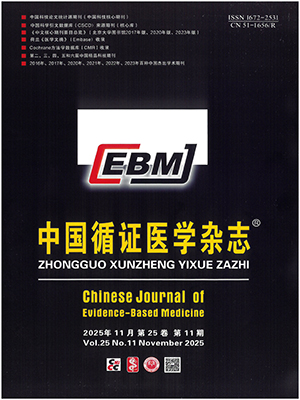Objective To investigate pathogenesis of dry eye and applied value in diagnosis of dry eye with connective tissue disease(CTD) by apoptosis detection, using impression cytology flow cytometry (ICFC) in conjunctiva epithelial cells.
Methods A total of 60 patients (120 eyes) with CTD, after asked case history and measured the basal Schirmer’s test (S-I-T), Break-Up Time (BUT), fluorescent Staining (FL), were divided into 4 groups: the first group without Sj?gren syndrome or dry eye (NSS1), the second group without Sj?gren syndrome but dry eye (NSS2), the third group with Sj?gren syndrome and non-dry-eye (SS1) and the fourth group with Sj?gren syndrome and dry eye (SS2). And apoptosis of conjunctiva epithelial cells was detected by ICFC.
Results The apoptosis rate of conjunctiva epithelial cells was statistically significant (P lt;0.001) between every two groups, except that between NSS1 group and SS1 group (P=0.998). And apoptosis rate was a positive correlation with FL (r=0.926, P lt;0.001), but negatively with S-I-T and BUT (r= –0.712, r= –0.818, P lt;0.001). Dye eye and Sj?gren-syndrome both affected the apoptosis level of conjunctiva epithelial cell and there was an interaction between them.
Conclusion Apoptosis plays an important role of ocular damage and apoptosis detection helps with diagnosis of dry eye with CTD. Dye eye and Sj?gren-syndrome increase apoptosis level. Apoptosis detection by ICFC in conjunctiva epithelial cells is a minimally invasive and effective way to detect ocular apoptosis.
Citation: HUANG Guannan,WANG Licong,ZHANG Hong. The Research of Apoptosis in Conjunctiva Epithelial Cells with Connective Tissue Disease. Chinese Journal of Evidence-Based Medicine, 2009, 09(9): 949-952. doi: 10.7507/1672-2531.20090168 Copy
Copyright ? the editorial department of Chinese Journal of Evidence-Based Medicine of West China Medical Publisher. All rights reserved
-
Previous Article
Value of Combination APACHEII, Ranson with Balthazar CT Scoring System Predicting Prognosis of Severe Acute Pancreatitis -
Next Article
Effect of Valsartan/Hydrochlorothiazide and Valsartan on Left Ventricular Hypertrophy and Diastolic Function of Left Ventricular in Patients with Essential Hypertension




